According to the Bureau of Labor Statistics, workplace deaths reached a 12-year high in 2019, with over 5,000 workers victim to occupational hazards. Many of these deaths occurred in construction and warehouse environments. In these environments, injuries stem from incorrect use or lack of safety equipment, forklift injuries, slick floors, falling objects, and more. Proper signage and informative images could have prevented most if not all of these potential threats.
When it comes to avoiding dangers around your warehouse, there are many precautions you can take, from having safety meetings to handing out protective equipment. These precautions are crucial, whether you are well-established or if this is your first time leasing and running a warehouse. While it may seem like common-sense, proper signs and images can ensure all precautions are followed to a tee. We’ll tell you about the importance of good signage to get you started. Where to post your images and tips to make them accessible for everyone to read and comprehend.
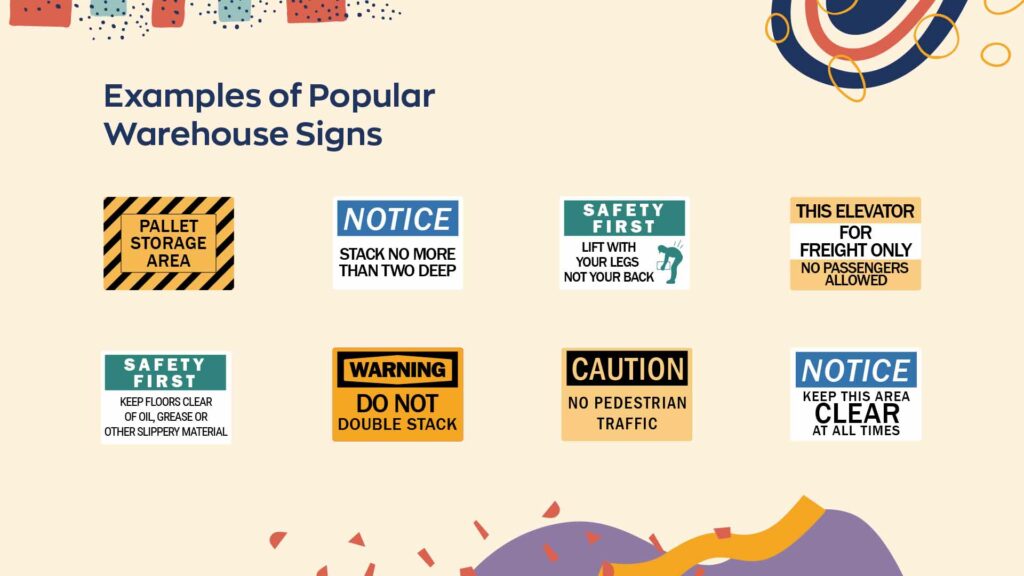
Images to prevent accidents
To prevent workplace injuries, you need to install signage that is loud, bold, and easy to read and comprehend. Make sure to prioritize the following areas:
Reminders to use personal protective equipment
There should be reminders around the facility that instruct workers to wear proper personal protective equipment for starters. These signs could save employee lives while moving around the job site and operating machinery. Post signage to remind workers to wear hard hats in areas where falling objects and low-hanging fixtures are present
When entering work areas, post signs reminding workers when they require specific safety equipment. Some examples include steel-toed boots, protective overalls, and safety glasses.
Instructions for motorized equipment
Placing images and detailed directions near all motorized equipment is extremely important. This information could help workers with several things. Properly using the machine, actions they should avoid, and the protective gear they should wear to mitigate danger.
In addition to general guidelines, mention instructions specific to the device. Such as the importance of wearing high-visibility clothing and that they should always use the seatbelt or safety harness. Beyond that, never allow an employee without proper training access to machinery.
Safety risk reminders
Keep in mind that not everyone in your warehouse will be aware of every safety issue around the premises. For instance, you may be storing many hazardous materials that do not have apparent risks. This is where signs should be posted to remind everyone that caution is required. Also, many people overlook the danger of improper lifting. You can use signs to inform workers to bend at the knees to protect their bodies.
New hazard warnings
Finally, it is essential to have warnings and images present for new hazards like spills and exposed wiring. If a slippery substance is on the floor, there should be a “caution wet floor” sign present. You should block off areas that cannot be cleaned or repaired for hours. Be sure to place a sign that explains the current danger.
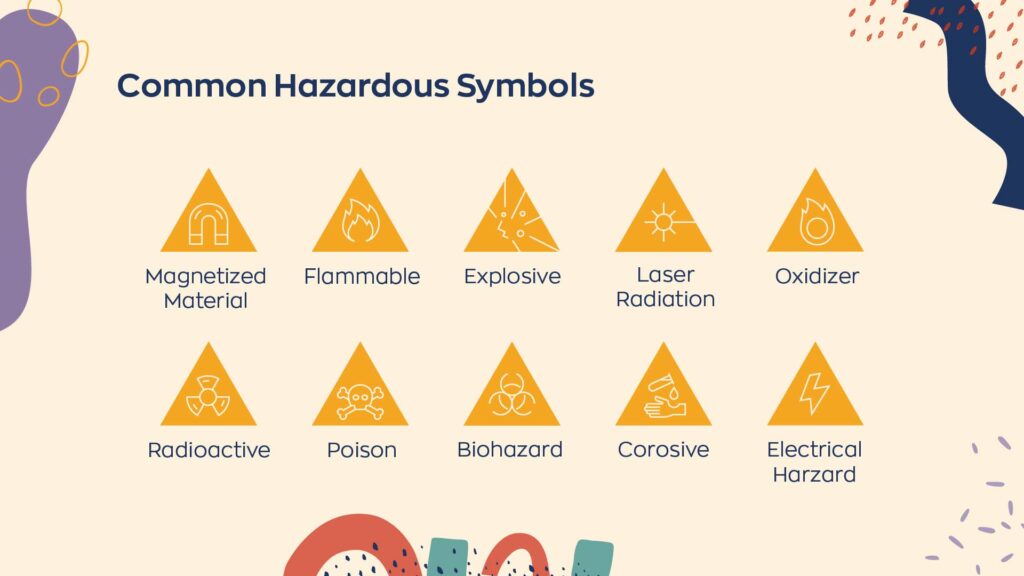
Images as accommodations
Since good images are essential to keep your employees safe, your visuals must be clear and understandable for everyone. Including those with disabilities and workers who speak different languages.
Employees with disabilities
Signage should be visible to everyone, even if they have a disability. Some workers may have issues with their vision. Make sure your images are clear and bold enough so everyone can read them.
For instance, signs should have header words, such as “caution” or “warning,”. These words should be bold, capitalized letters that contrast with the background. The warning header should also be posted on both halves of the sign. Just in case the bottom or top half of the sign isn’t visible. Be sure to go with a font that is not distracting with letters that may blur together for specific audiences.
Make sure you place all images at an appropriate height. This allows the shorter employees and those who utilize wheelchairs to read them. Signs should generally be no higher than 60 inches from the floor and legible from at least five feet away. This will give people plenty of time to notice them and avoid the hazard.
Language differences
Due to our constantly changing culture, you will likely have employees from various countries and backgrounds working in your warehouse. For that reason, images and warnings should be written in several languages, especially those regularly spoken in your location.
In addition to keeping everyone safe, you create a culture of inclusion when you have all signage written in multiple languages. Every person in your employ should feel secure, appreciated, included, and secure in the workplace, regardless of their nationality. An excellent way to show that you value them as important people is to ensure that they have the tools to stay safe.

Communication preferences
It is essential to remember that although your signage may be on point, some workers need to be told important information differently. For instance, an employee may comprehend warnings better when expressed verbally. These employees would get more value from having a safety meeting every morning. You should reach out to every employee and ask about their particular communication preferences. This will ensure they get the information they need.
Images for identification
The importance of images extends far beyond safety. Smart signage can also help employees identify products and stations more quickly, leading to increased productivity. For instance, the isles within your warehouse should be clearly labeled. This will help forklift drivers know exactly where to turn to reach the pallet they require. Also, you should have flat warehouse signs that can be enlarged and printed with long-range barcodes. Workers can utilize these barcoded signs to get from place to place quickly.
Adding pictures to your products ensures the right product is picked up without any unnecessary confusion. By having a visual representation of the contents of a box printed on the outside, your employees can see that they have the correct box the first time.
Tips for using images effectively in your warehouse
Now that you know about the importance of strong images and where signage should be placed, let’s talk about making your signs as effective as possible. Here is a list of attributes and information that you need to consider:
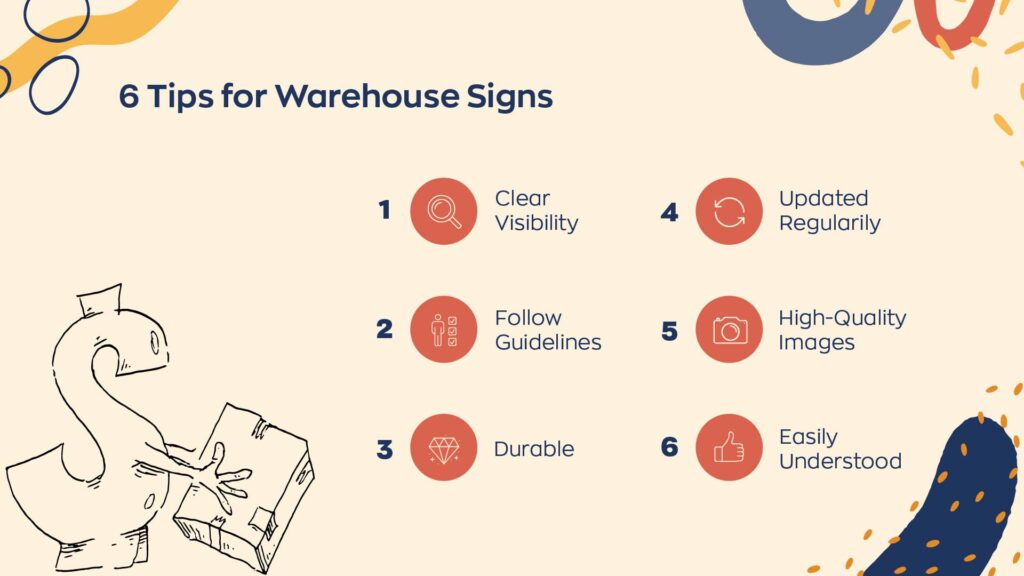
- Use bright and vibrant, high-quality images.
- If you’re based in the US, ensure that you follow the OSHA guidelines when creating signs. For non-US workplaces, keep in mind that guidelines will vary from region to region. Ensure that you comply with local regulations.
- Print signs on durable material that can withstand environmental conditions.
- Make extra information available in your warehouse management software solution.
- Be sure to modify signs when hazards and conditions change.
- Avoid clutter and communicate the message concisely.
In the end, it is essential that you prioritize the safety of every single employee and you can do that with proper images and smart signage. Consider the tips and advice provided here and you can ensure that your staff remains as secure and productive as possible.


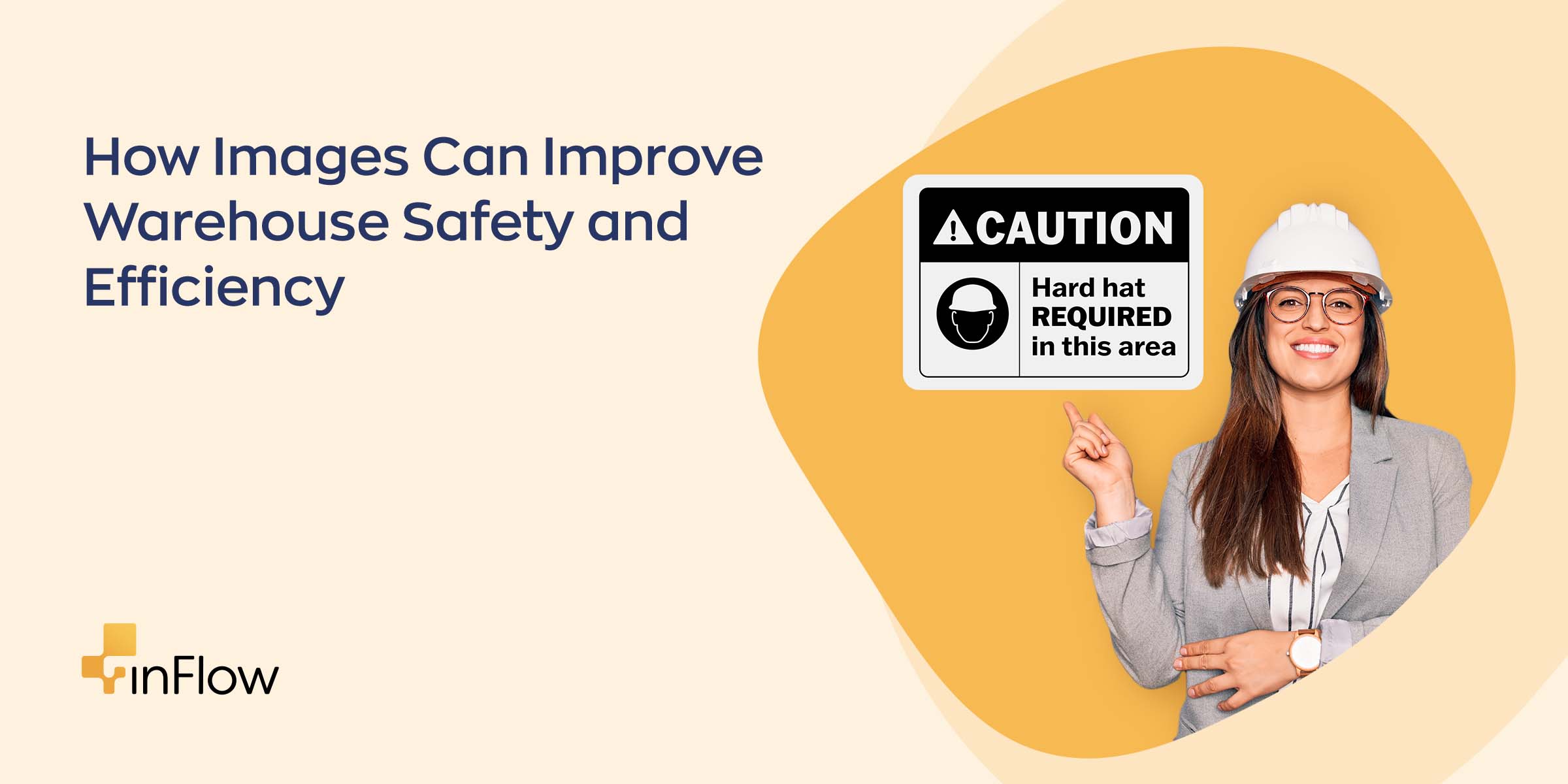

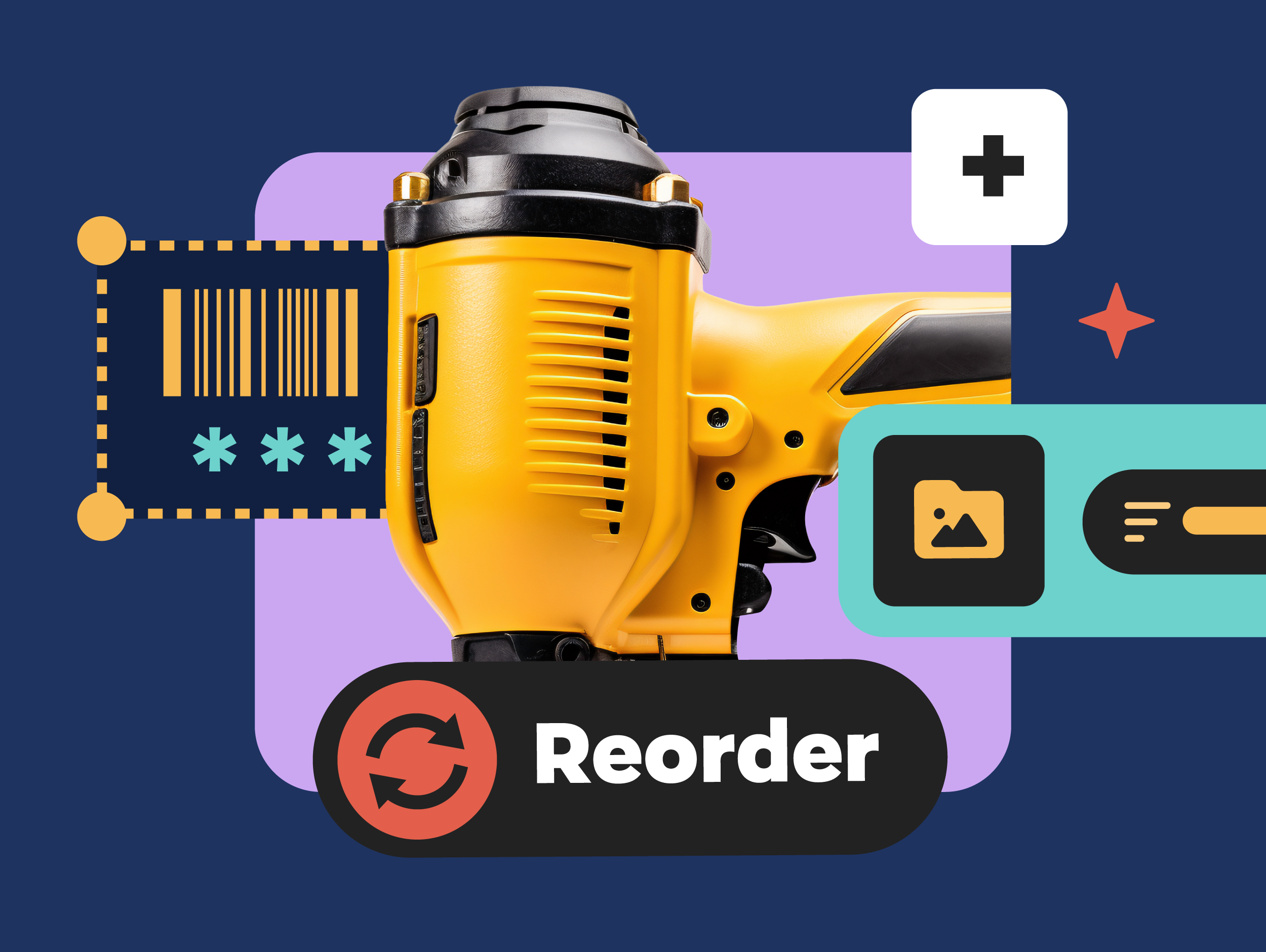

Great post The use of images to enhance warehouse safety and efficiency is insightful. Clear visuals truly make a significant difference
Hey rmklabourhire,
We’re glad you enjoyed it! Thanks for stopping by and giving it a read.
Cheers,
Jared